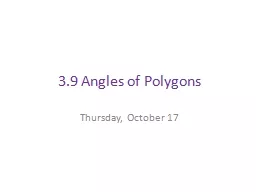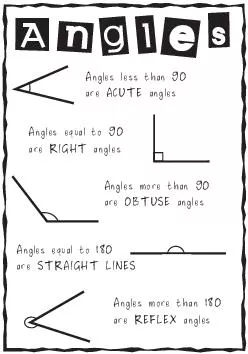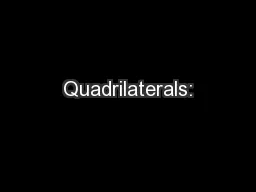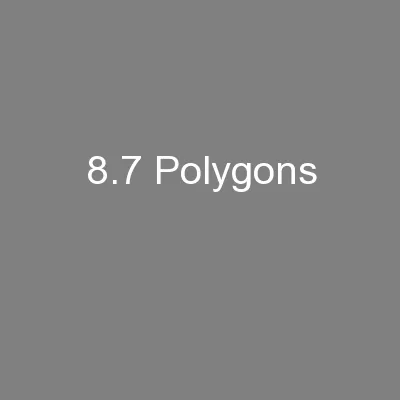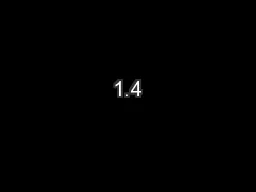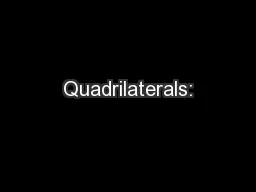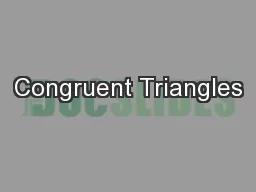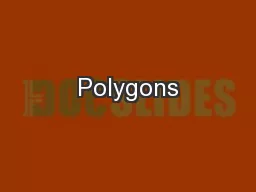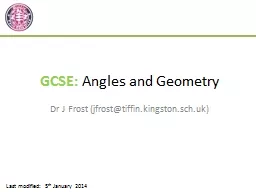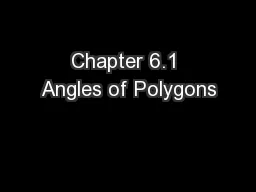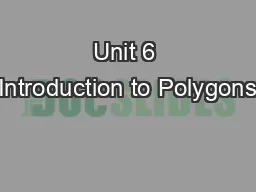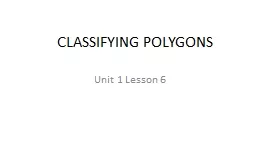PPT-3.9 Angles of Polygons
Author : pamella-moone | Published Date : 2016-12-05
Thursday October 17 Math Message Label unit 39 and the date at the top of your Math Response Complete the following in your Math Notebook Using a straightedge draw
Presentation Embed Code
Download Presentation
Download Presentation The PPT/PDF document "3.9 Angles of Polygons" is the property of its rightful owner. Permission is granted to download and print the materials on this website for personal, non-commercial use only, and to display it on your personal computer provided you do not modify the materials and that you retain all copyright notices contained in the materials. By downloading content from our website, you accept the terms of this agreement.
3.9 Angles of Polygons: Transcript
Download Rules Of Document
"3.9 Angles of Polygons"The content belongs to its owner. You may download and print it for personal use, without modification, and keep all copyright notices. By downloading, you agree to these terms.
Related Documents

